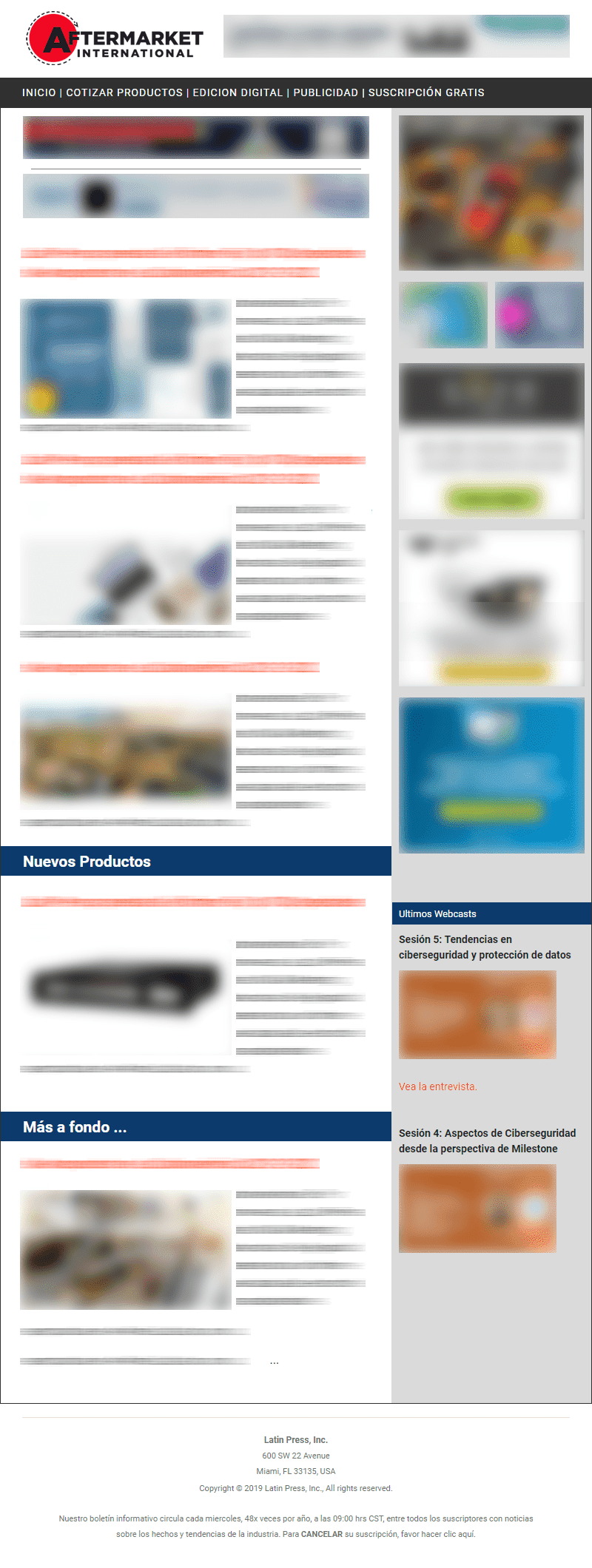Colombia. The Ministry of Transport and the Ministry of Foreign Affairs filed in Congress the bill that seeks to approve Colombia's accession to the 1958 Agreement of the United Nations, which constitutes a framework for the homologation of vehicles and their components.
The 1958 Agreement, whose full name is "Agreement concerning the Adoption of Uniform Technical Prescriptions for Wheeled Vehicles, Equipment and Parts Which May Be Fitted or Used on Such Vehicles and the Conditions for the Reciprocal Recognition of Approvals Granted on the Basis of Those Requirements", sets out regulatory guidelines, vehicle systems and components, to encourage compliance with automotive safety standards. In addition, it has international recognition as a benchmark for environmental protection, energy efficiency and anti-theft measures for vehicles.
It is important to note that this agreement does not work alone, as noted by the Global Forum for the Harmonization of Vehicle Regulations (WP.29), in its 2012 version, "the 1958 and 1998 Agreements on Standards for the Construction of New Vehicles, Including Performance Requirements, and the 1997 Agreement on Standards for The Periodic RoadWorthiness Testing of Vehicles in Service".
So, being part of this agreement lays the foundation for the commitment to the improvement of this industry, both for those who produce and for those who acquire the finished vehicles. Today there are 56 members of the 1985 Agreement, which includes the territory of Africa, Asia, Europe and Oceania.
It emphasizes that, prior to the nomination of the bill, a process of analysis and joint effort was carried out by different entities of the Government of Colombia, namely: Ministry of Transport, Ministry of Foreign Affairs, Ministry of Commerce, Industry and Tourism, Ministry of Environment and the National Road Safety Agency.

In this regard, Ángela María Orozco, the head of the Transport portfolio, said: "In Colombia we have appropriated that road safety is a shared responsibility among all sectors: public, private, academia and road users. In that sense, we consider as an important step to curb the phenomenon of accidents, the adhesion and application of the legal instruments of the United Nations on vehicle and road safety, to implement safety provisions and regulations. Highlighting that vehicle safety technologies are among the most effective actions on that path."
For his part, Luis Lota, general director of the ANSV, said that "road safety must be addressed in a comprehensive manner, and the work that is developed around the issue must be carried out in a coordinated manner. This vision is aligned with the postulates established in the Global Plan for the Decade of Action for Road Safety, ratified by the Stockholm Declaration 2020, which recommend that governments adopt measures within the framework of the approach called 'safe systems', with this guideline intersectoral interventions are carried out, in terms of regulation, education, traffic control, comprehensive attention to victims and infrastructure, among others, which require the participation of various public entities, as well as the private sector."
Finally, in addition to the 1958 Agreement, the official publication of the Ministry of Transport states that "Colombia wishes to adhere to other legal instruments, such as the agreements or conventions on Vehicular Circulation (1968), Road Signs (1968), Vehicle Standards (1998), and Vehicle Inspections (1997)."















